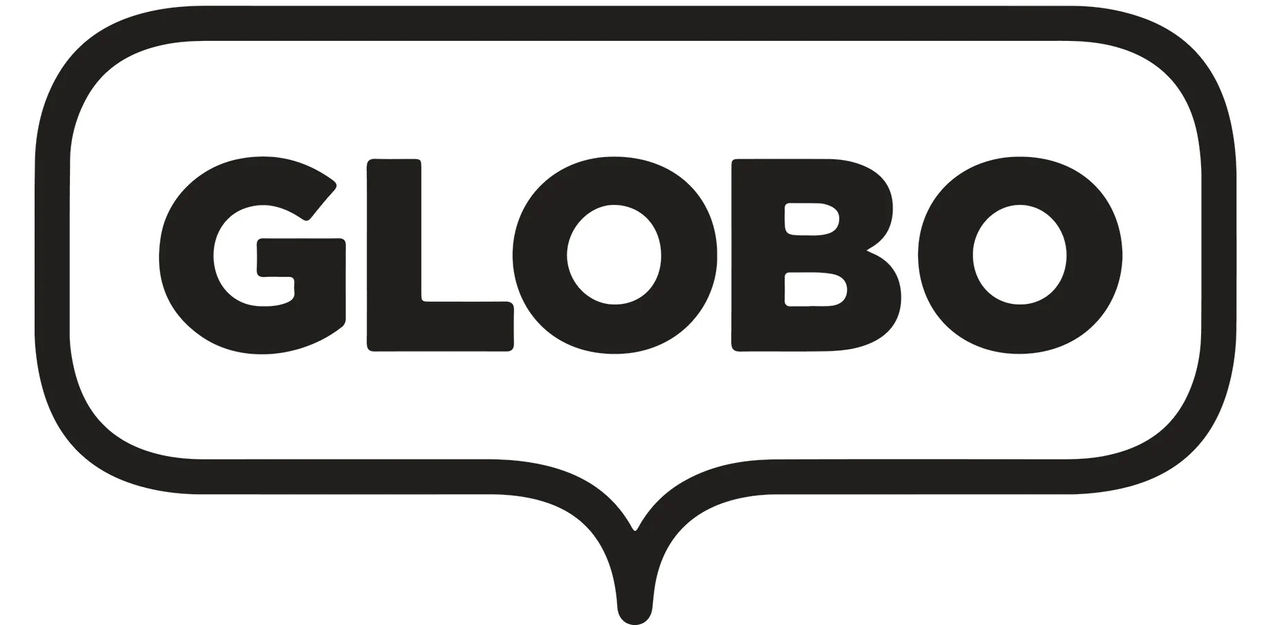Auto logout in seconds.
Continue LogoutU.S. healthcare organizations eagerly anticipate the next wave of technological advances to revolutionize today’s translation and interpreting industry. While artificial intelligence (AI) holds the potential to radically expand linguistic access for limited English proficiency (LEP) patients, much debate persists over how, when, and where to assimilate it into the healthcare ecosystem.
However, given America’s rapidly growing immigrant population, estimated at 25.7 million people, the demand to transform linguistic access could not be higher. When language barriers exist, patient-provider communication tends to be less successful, patient satisfaction suffers, and provider dissatisfaction goes up. Without adequate translation services, LEP patients have higher morbidity and mortality rates from chronic diseases. The alarming 30% who are not receiving professional interpretation experience more frequent ED visits and longer hospitalizations.
Where linguistics stands today
Although most linguistic programs leverage some form of automation in the way of point solutions for tracking, audio, telehealth, and accessible tablets, access at most healthcare facilities remains relatively low tech. Live interpreters typically support the lion’s share of critical encounters during ED visits, hospital admissions, and discharges. A human interpreter costs roughly $279 per patient annually. If calculated by hospitalizations, one study found the spend per LEP bed equates to $20,000 per year.
During the pandemic, providers quickly leveraged audio and telehealth out of necessity to virtually provide medical interpreting for LEP patients. While this is now standard practice in most large health systems, remote interpreting is not without its challenges, including poor acoustics, a lack of visual cues, overlapping speech, and more. At best, virtual translation is just a piece of a larger enterprise-wide, long-term solution.
Strategies to improve linguistic access
1. Establish a comprehensive language infrastructure to support a growing population.
Broadly scaling access to language solutions is perhaps the biggest dilemma healthcare leaders face today, regardless of the technologies currently in play. OSF HealthCare was challenged to implement language and interpretation support across 16 hospitals and more than 150 clinics to support its growing immigrant population, which makes up 14% of Illinois’ total population. Translation and interpreting needs covered well-known languages like Spanish, as well as French, American Sign Language, Lingala, Arabic, Swahili, and more.
In 2021, OSF HealthCare implemented a comprehensive enterprise-wide strategy to enhance overall population health and ensure continuity of care, with a strong emphasis on reducing health disparities. Language support services were integrated along with disability services and effective communication training. This strategic approach aimed to meet the needs of immigrants, those who are deaf or hard of hearing, and those with disabilities across diverse rural healthcare settings.
As of June 28, 2024, OSF HealthCare has recorded over 302,000 minutes of interpreting through 17,000 calls. They’ve seen a dramatic increase in the use of phone (416%) and video (253%) interpreting services since 2021, alongside a sharp increase in patient-initiated phone (440%) and video (209%) consultations.
2. Integrate technology to optimize language services and monitor their effectiveness.
Healthcare leaders can also enhance equitable care by integrating advanced technology into language services. For example, Lehigh Valley Health Network (LVHN) has strived for over a decade to deploy linguistic services across its 15 hospital campuses. LVHN utilizes 3 million minutes of interpreting annually, accessed via audio, video, telehealth, and a dedicated call center. To take services to the next level, LVHN is leveraging a novel EHR-integrated linguistics dashboard, giving leaders a holistic view while enabling them to segment their LEP population, track high-risk patients, and monitor outcomes to address disparities and care gaps.
3. Prioritize personalized language services to enhance patient experiences and outcomes.
To improve the patient experience, healthcare leaders should integrate customized language services across the entire spectrum of care. Affinia Healthcare has created a robust menu of translation and interpretation services to serve St. Louis’ estimated population of 372,292 non-English speaking people. The organization supports patients throughout their healthcare journey with on-site, telephone, and video remote interpreting and translation.
Communicating with patients in the language of their choice at every interaction has greatly improved trust and compliance, leading to better patient outcomes at the most affordable cost. This has improved both provider and patient satisfaction across the board and reduced avoidable costs like readmissions, helping Affinia to address inequities and achieve the Quintuple Aim.
The future of linguistic access in healthcare
It is hard to predict how long it will take to fully automate linguistics for healthcare. For now, Stephen Klasko, executive in residence at General Catalyst and former president and CEO at Thomas Jefferson University and Jefferson Health, says the industry should be asking, “How do we get humans to be better humans versus robots?”
AI should only be doing the heavy lifting on repetitive, non-analytical requirements. This elevates the role of the live interpreter for complex translation and interpreting scenarios while ensuring society has time to adapt.
(Halder/Pillai/Artiga, KFF, 12/4; Bischoff/Denhaerynck, BMC Health Services Research, 12/4; GLOBO, 12/4; McGinley/Kelly, Patient Safety and Quality Healthcare, 12/4; Cho, Sage Journals, 12/4; Migration Policy Institute, 12/4; Itchhaporia, Journal of the American College of Cardiology,12/4)
GLOBO Language Solutions ("GLOBO") is ranked in Nimdzi’s 2024 top 10 U.S. healthcare interpreting companies facilitating effective patient communication between healthcare providers and LEP patients. The company manages an independent global network of more than 8,000 linguists who speak 430+ languages and dialects. GLOBO supports leading healthcare organizations across the country through on-demand audio, video, on-site, and sign language interpreting; actionable insights; and translation of documents, emails, texts, and chats in a single AI-powered platform. GLOBO has been listed on the Inc. 500|5000 eight times and is a 2024 Vendors Division Semi-Finalist in Healthcare Innovation Magazine's annual Innovator Awards Program. Become a fan of GLOBO on LinkedIn.

This article is sponsored by GLOBO Language Solutions ("GLOBO"). Advisory Board experts wrote the article, maintained final editorial approval, and conducted the underlying research independently and objectively.
Don't miss out on the latest Advisory Board insights
Create your free account to access 1 resource, including the latest research and webinars.
Want access without creating an account?
You have 1 free members-only resource remaining this month.
1 free members-only resources remaining
1 free members-only resources remaining
You've reached your limit of free insights
Become a member to access all of Advisory Board's resources, events, and experts
Never miss out on the latest innovative health care content tailored to you.
Benefits include:
You've reached your limit of free insights
Become a member to access all of Advisory Board's resources, events, and experts
Never miss out on the latest innovative health care content tailored to you.
Benefits include:
This content is available through your Curated Research partnership with Advisory Board. Click on ‘view this resource’ to read the full piece
Email ask@advisory.com to learn more
Click on ‘Become a Member’ to learn about the benefits of a Full-Access partnership with Advisory Board
Never miss out on the latest innovative health care content tailored to you.
Benefits Include:
This is for members only. Learn more.
Click on ‘Become a Member’ to learn about the benefits of a Full-Access partnership with Advisory Board
Never miss out on the latest innovative health care content tailored to you.



